2 Main Types of Brown Sugar Explained
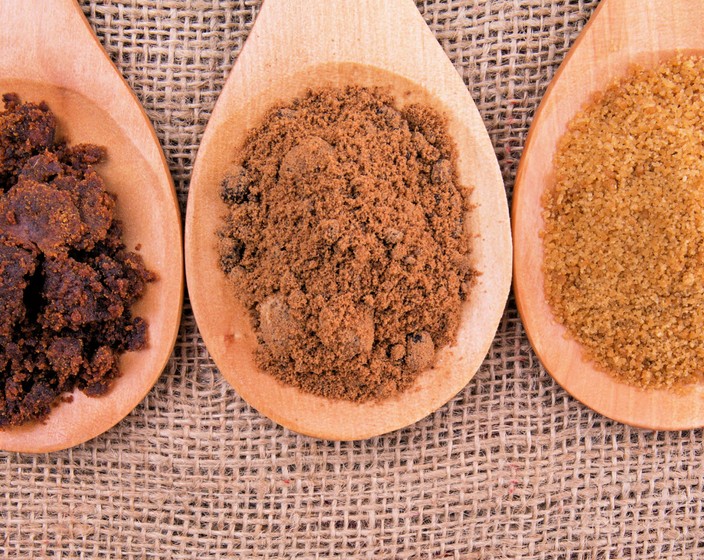
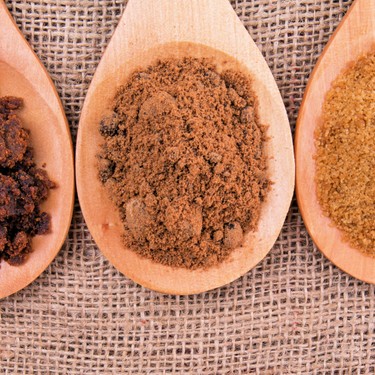


Have you ever reached for brown sugar when a recipe calls for it, only to find there are two types: light and dark?
And then, if you happened to look even further, you might have seen some more subtypes with exotic names like Demerara, Muscovado, or Turbinado. You might be wondering what's the difference between the two and which one you should use in your recipe.
Fear not! In this blog post, we'll demystify the two main types of brown sugar and the subtypes above by explaining their uses and defining characteristics. So grab your favorite measuring cup or spoon, and let's get down to some serious brown sugar know-how!
Brown sugar is a common pantry ingredient almost everyone has in their kitchen; many sweet and savory recipes call for it. It is an irreplaceable sweetener in many baking recipes.
It is made by mixing white sugar with molasses, a thick syrup produced during the processing of sugarcane or sugar beet juice into refined sugar.
Molasses darkens the color and affects the flavor, making brown sugar sweeter, richer, and more complex than white sugar. There are two main types - light brown sugar and dark brown sugar.
Brown sugar is often used in cooking as it brings out undertones of caramel, toffee, and spice flavors, helping to provide richness and depth to everything from cakes and cookies to marinades for meats.
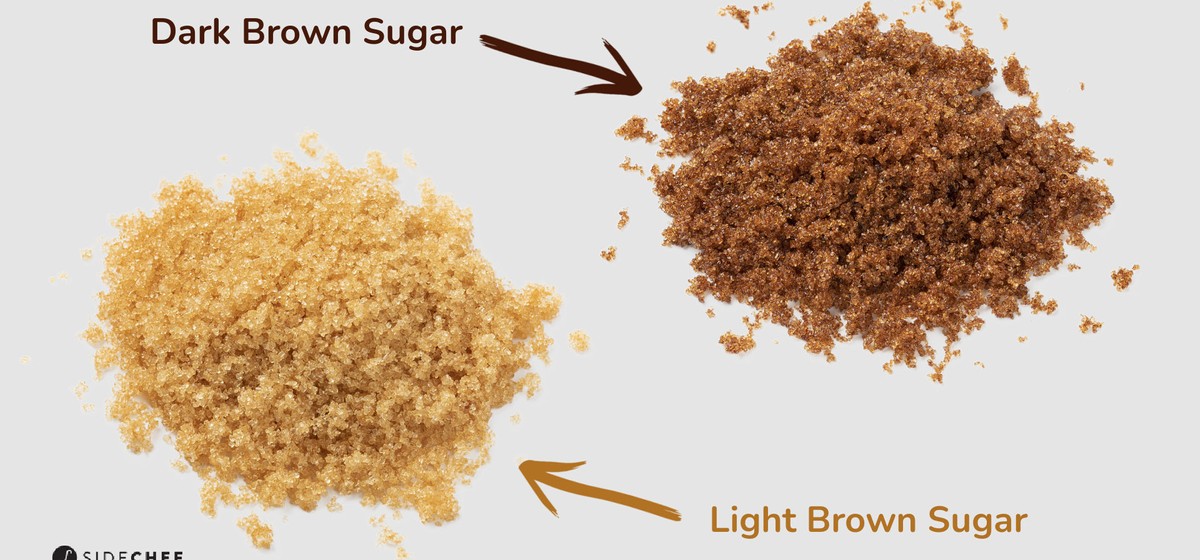
Light brown sugar and dark brown sugar are two ingredients that may seem similar, but they have some key differences.
Dark brown sugar has a higher molasses content, which gives it a deeper color, richer flavor, acidity, and increased moisture content. It is often used in recipes that require a longer cooking time. Due to its extra molasses content, it can provide additional protection from burning or over-caramelizing. Dark brown sugar is also a better choice for meat rubs. Its increased acidity makes the meat more tender and elevates the savory flavors.
Light brown Sugar is of light golden color and has a more delicate flavor and density due to having less molasses. It adds sweetness without overpowering other ingredients, and that's why it's the best choice for baking.
Both light and dark brown sugar can be used interchangeably in recipes; however, the choice of light or dark ultimately comes down to individual preferences concerning flavor balance.
The world of brown sugar is more than just the two traditional light and dark brown crystals.
There are several more types of brown sugar you may find in a store that are very popular in Latin and Asian cuisines.
Here are the most popular kinds of brown sugar you might see as an ingredient in world cuisine.
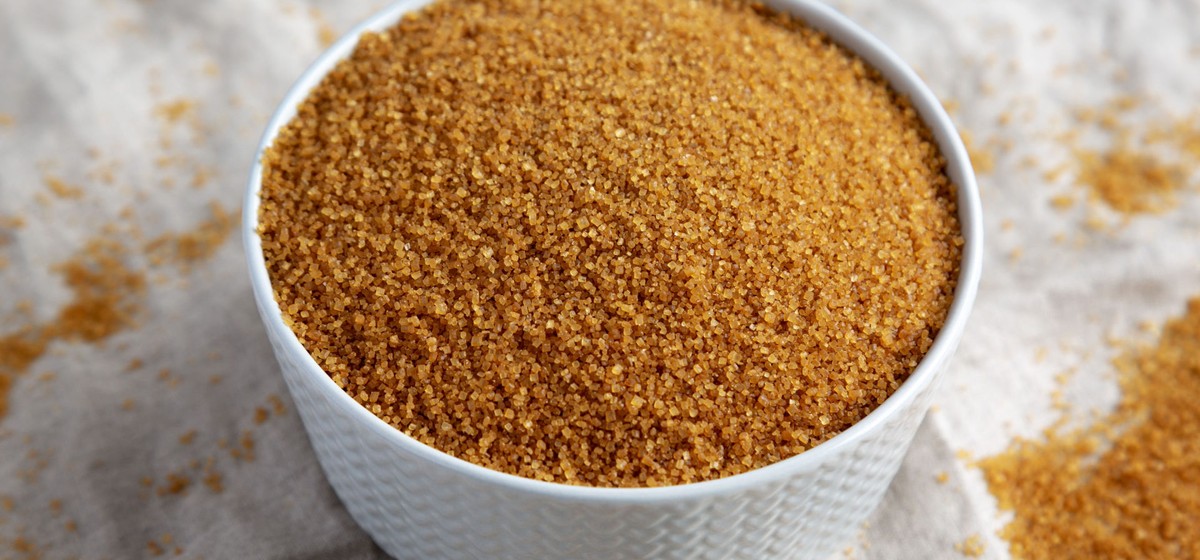
Demerara sugar is coarse-textured, light brown sugar made from raw sugar. It has a subtle molasses flavor and large, crunchy grains that don't dissolve easily. It boasts a unique rich flavor with toffee undertones and aroma, making it the perfect choice for baking.
The demerara sugar crystals are larger and coarser than granulated white sugar, making it ideal for topping baked goods like cakes, scones, and crumbles.
It also serves as a great cocktail garnish and will give your drinks some extra sweetness, crunch, and oomph.
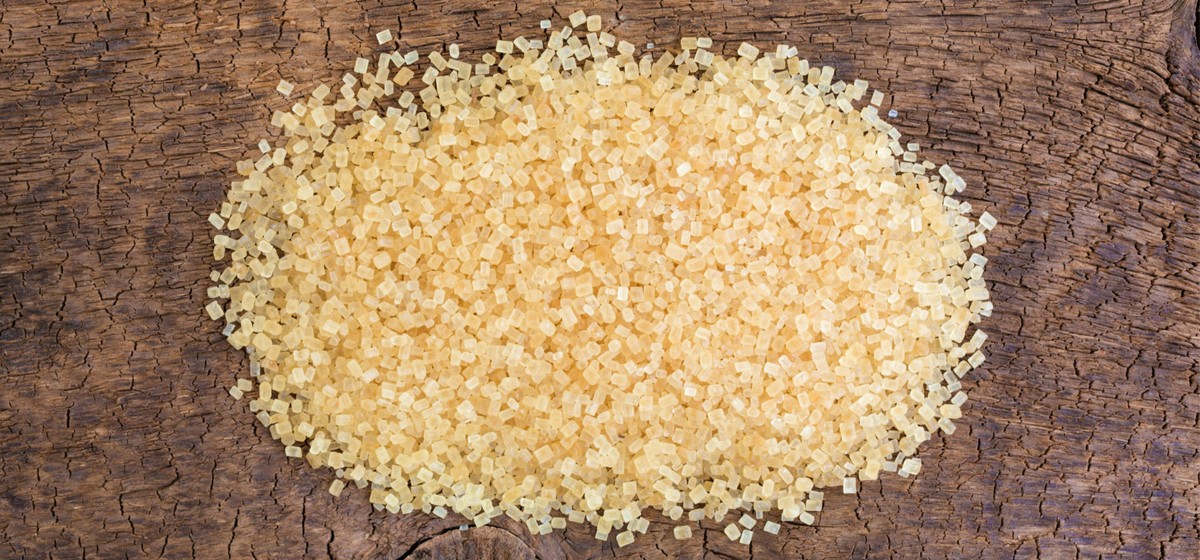
Turbinado sugar, also known as "raw" or "sugar in the raw," is an increasingly popular type of golden-brown sugar that has a coarse texture akin to wet sand. It comes from freshly pressed sugar cane and is minimally processed by steam refining. Due to its less processed state, turbinado sugar retains certain natural minerals that are missing from the more commonly used white sugar crystals. Its mild molasses flavor makes turbinado sugar a great substitute for other sugars and a must-have for bakers with a refined palate.
Additionally, turbinado's large grain size allows it to dissolve more slowly than regular crystal sugars.
Try using turbinado sugar in this chocolate pudding recipe or make this healthy non-alcoholic Cucumber Agua Fresca.
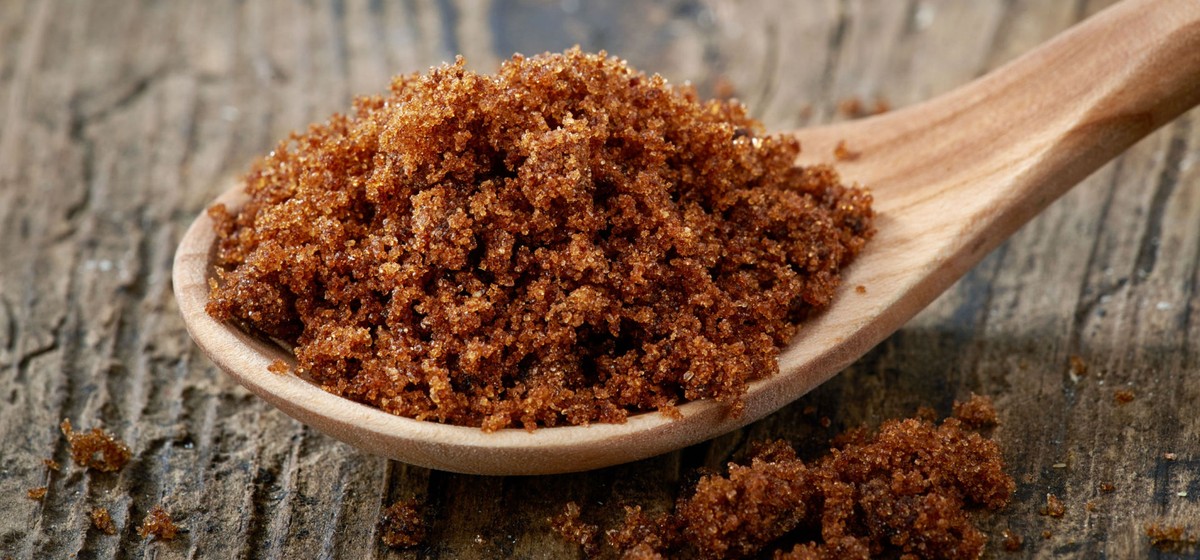
Muscovado sugar is unrefined sugar that is the darkest brown and contains high levels of molasses compared to other granulated sugars.
This musky-flavored sugar is produced by boiling freshly harvested cane juice until it thickens, then crystallizing the mixture. Muscovado sugar is only partially evaporated, making it incredibly moist, sticky, and rich.
Thanks to its unique flavor profile and high concentration of minerals, muscovado sugar is becoming increasingly popular amongst health-conscious consumers as an ideal alternative to refined sugars.
Muscovado is suitable for baking and adding to savory dishes like this Fried Plantain Bake or meat rubs.
We hope this post has cleared up some confusion surrounding brown sugar. Now you know that there are different types of brown sugar, each with its distinct flavor and ideal use in recipes. Next time you’re unsure which type of brown sugar to use, refer to this post for guidance.